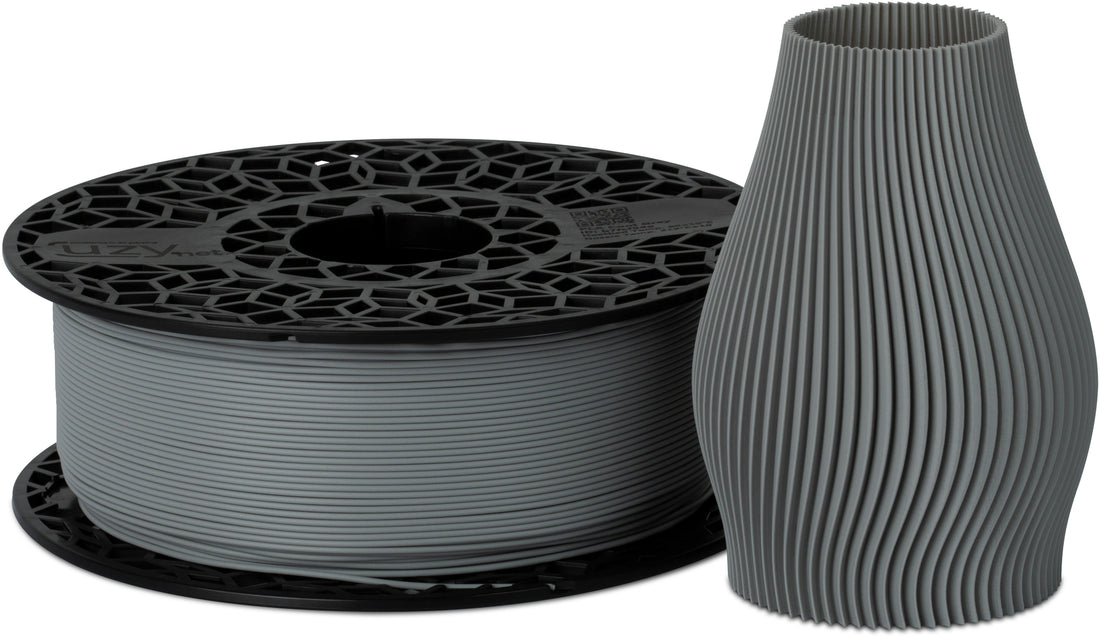Yes, PLA filament is biodegradable. Unlike traditional plastics, which can take hundreds of years to break down in the environment, PLA filament can be broken down by microorganisms into water and carbon dioxide. This makes it a more sustainable and eco-friendly option for 3D printing. However, it is worth noting that the rate at which PLA filament biodegrades can vary depending on the conditions in which it is disposed of. In order to properly biodegrade, it must be disposed of in the right environment, such as a composting facility.
In addition to being biodegradable, there are a few other reasons why PLA filament is considered a more sustainable option for 3D printing. For example, it is made from renewable resources, such as corn starch or sugarcane, which are easily replenished. This means that it does not contribute to the depletion of non-renewable resources, like fossil fuels, in the way that traditional plastics do.
Furthermore, the production of PLA filament typically generates fewer greenhouse gases than the production of traditional plastics. This is because the renewable resources used to make PLA filament can absorb carbon dioxide from the atmosphere as they grow, offsetting some of the emissions produced during the manufacturing process.
Overall, PLA filament is considered a more sustainable option for 3D printing due to its biodegradability and its use of renewable resources in its production. While it may not be perfect, it is a step in the right direction towards creating a more sustainable 3D printing industry.
One of the main challenges in making 3D printing more sustainable is finding ways to dispose of the plastic waste generated by the process. Traditional plastics, such as those used in many 3D printing filaments, can take hundreds of years to break down in the environment and can have harmful effects on wildlife and ecosystems.
This is where PLA filament has an advantage. Because it is biodegradable, it can be broken down by microorganisms into water and carbon dioxide, reducing its environmental impact. However, it is important to note that PLA filament will only biodegrade properly if it is disposed of in the right conditions, such as in a composting facility.
In addition to its biodegradability, PLA filament can also be recycled. Some 3D printing companies, such as Uzy filaments, offer programs that allow users to recycle their PLA filament waste. This can help to further reduce the environmental impact of 3D printing and promote the sustainable use of PLA filament.
Overall, while there is still room for improvement, PLA filament is considered a more sustainable option for 3D printing due to its biodegradability and potential for recycling. By choosing to use PLA filament and properly disposing of it, 3D printing enthusiasts can play a role in reducing the environmental impact of the industry.
In summary, PLA filament is considered a more sustainable option for 3D printing because it is biodegradable and made from renewable resources. This means that it can be broken down by microorganisms and does not contribute to the depletion of non-renewable resources in the way that traditional plastics do. Additionally, the production of PLA filament typically generates fewer greenhouse gases than the production of traditional plastics. While it is not perfect, PLA filament is a step in the right direction towards creating a more sustainable 3D printing industry.

